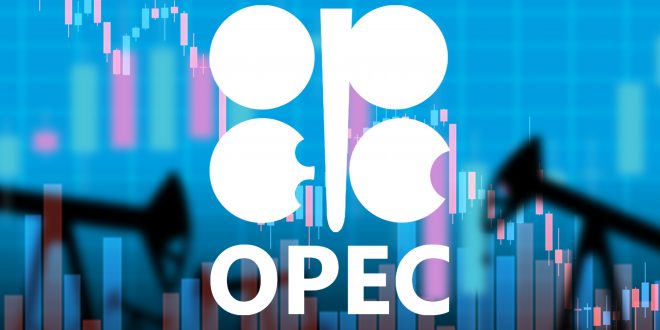The OPEC+ alliance is expected to decide on another production increase for the coming months during its meeting on Thursday.
Despite media reports pointing to another output increase, crude prices are surging with the global and U.S. benchmark crude futures rising by about $2 earlier. Brent and Nymex futures remain in the positive territory with less gains. So what is driving the rise in oil prices despite the probable production increase.
Policy Success
This comes after gradually easing the pandemic-related output cuts for the past two months, with a similar move planned by major producers in July, as per the decision announced in April to raise production by 350,000 barrels per day (b/d) in May, following by an additional equal increase in June, and a 440,000 b/d increase in July.
Members of the Organization of the Petroleum Exporting Countries (OPEC) and its OPEC+ allies are now discussing output policy starting August and possibly the following months.
A strong rebound in crude prices to their highest level since October 2018, and positive expectations for demand recovery are likely the main driver behind the continuity of OPEC’s policy, which proved successful in restoring market balance.
Positive Outlook
OPEC is acknowledging the improved expectations for global economic recovery and growth this year, as evident by the summit’s opening remarks that pointed to expectations that the global economy is now seen growing by 5.5% in 2021, after contracting by 3.4% last year.
Accordingly, the global demand for oil is expected to rise by 6 million barrels per day in 2021.
Such a recovery would restore most of last year’s decline in demand by about 9.3 million b/d in 2020.
Recent data by OPEC pointed to demand recovery during the second half of the year, with a return to pre-pandemic levels by the fourth quarter (Q4) of 2021.
Containing the coronavirus pandemic with fewer new cases and causalities, with the rollout of vaccines, is positively reflecting on the expectations for growth, amid the easing of lockdown measures.
Gradual Changes
The market is reacting positively to OPEC’s gradual approaches to global developments, which are clearly supporting sustainable stability at the core of its goals.
Of course, the cooperation between major producers, led by Saudi Arabia, is clearly paving the way for achieving these gradual policy adjustments.
Saudi additional voluntary output cuts between February and April offset the negative impact of raising output by other producers, which proved crucial in maintaining market balance.
Now, producers are reportedly discussing how to avoid a supply glut next year, which gives a time for more tuning to production policies.
Raising output by about 2 million b/d over the next five months might smoothly occur with markets currently viewing a monthly increase of less than 500,000 b/d as cautious.
Record Inventory Draw
Despite the focus shifting to the OPEC summit, the oil market is still appreciating the recent U.S. inventory data, which indicated the recovery of the refining activity following recent disruptions, in response to reopening the economy and the subsequent increased demand.
Last week, crude stockpiles in the United States dropped by more than 6.6 million barrels, declining for the sixth consecutive week.
This has led to the biggest decline rate in U.S. inventories over the past four weeks at about 1.15 million b/d, which is believed to be the highest on record, with data going back to 1982.
 Noor Trends News, Technical Analysis, Educational Tools and Recommendations
Noor Trends News, Technical Analysis, Educational Tools and Recommendations





